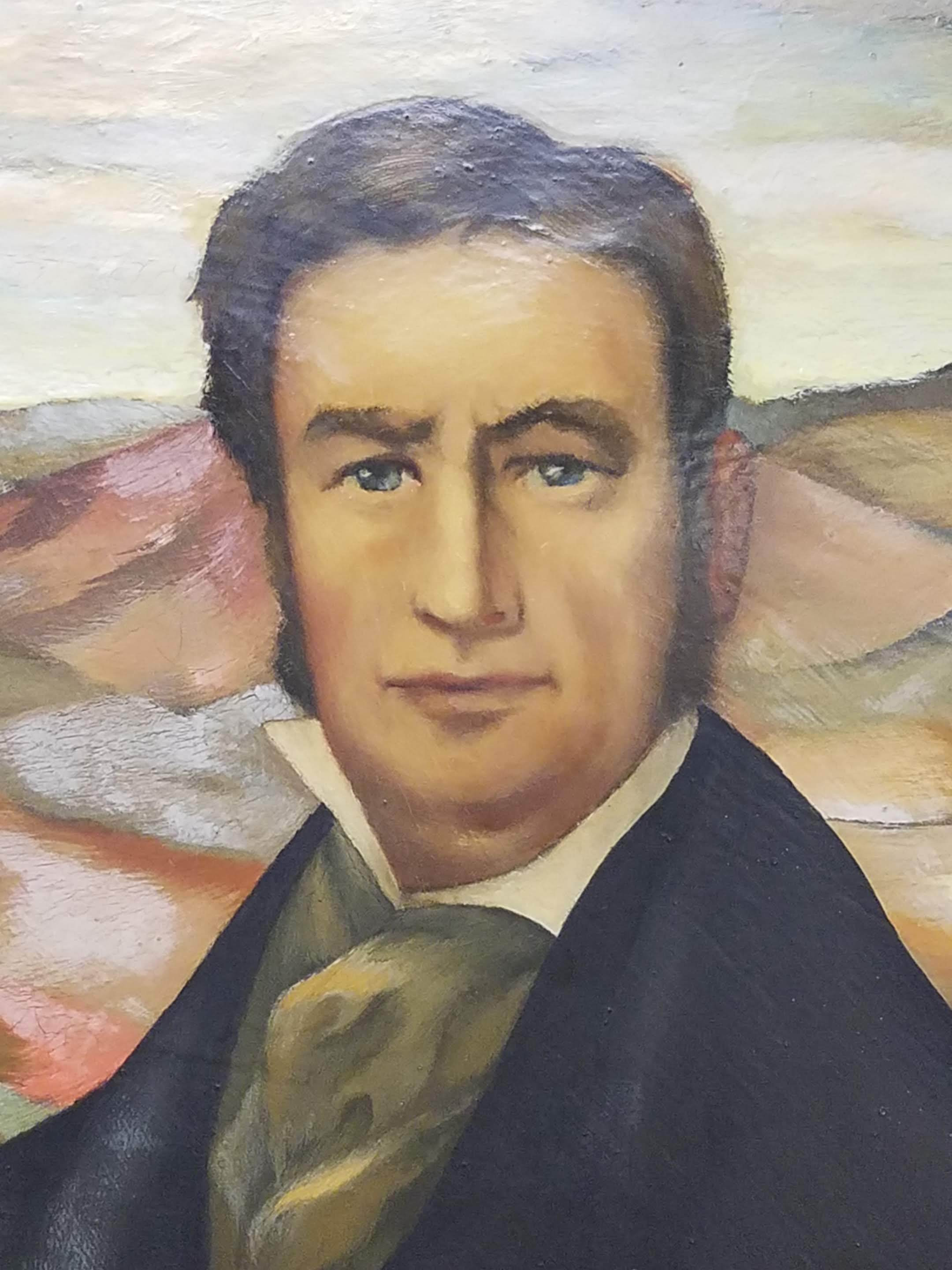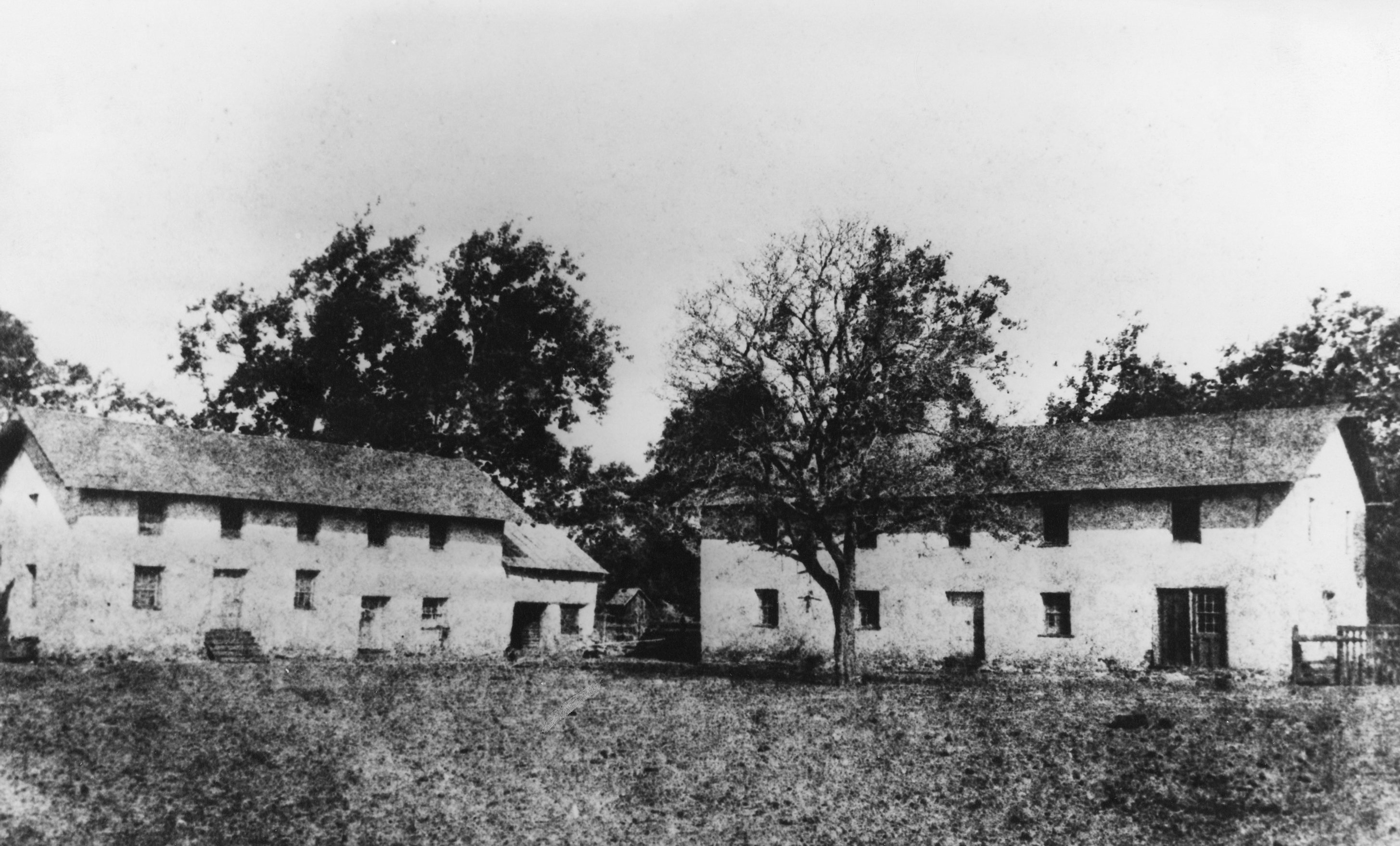
Founded in 1920 as Salinas Junior College, Hartnell College did not acquire its current name until 1948 ― a change that is rooted in a multicultural, multilingual California heritage that remains a source of pride in the Salinas Valley.
Today’s college is the namesake of William Edward Petty Hartnell, who entered life in England in 1798. Born to a family that evidently valued education, he was sent in his teens to study at the College of Commerce in Bremen, in what is now Germany. There he acquired skills in business matters and the German language. But the death of his father brought him back to England after only one year. When he couldn’t find work, his uncle, Edward Petty, secured him a position as a bookkeeper with an English trading company doing business in Chile and Peru. Hartnell arrived in South America in 1819. In the course of his work, he learned Spanish and became known to Spanish speakers as Guillermo Arnel.
Partnering with a coworker, he came to Monterey in 1822 at age 24 to help establish a hide-and-tallow trade. Mexico had only two months earlier severed its colonial ties with Spain and begun ruling much of what is now California. The personable Hartnell developed good relations with the missions, which supplied most of the cattle that yielded the hide and tallow, used respectively for leather and candle-making, among other early nineteenth-century necessities.
According to “William Hartnell: The Hero and His Colleges,” by Sean Roney*, “Hartnell’s easy-going manner was able to win over Governor Pablo Vicente Sola,” who granted Hartnell and his partner the right to do business and live in California.
But his Uncle Edward died soon afterward in a state of financial ruin. This news plunged Hartnell into alcoholism and depression, fueled in part by remorse that he had several years earlier stolen money from his uncle and never repaid him. His guilt drove him to seek solace in the church, and in 1824 he converted to Catholicism. He was baptized at Carmel Mission and at that time added his uncle’s name to his own.
In April of the following year, a few days after his 27th birthday, Hartnell married 16-year-old Maria Teresa de la Guerra, daughter of Don Jose de la Guerra y Noriega.
“Jose de la Guerra was known as the richest man in the area at the time, and the most influential man in the Santa Barbara district,” Roney writes. “The wedding invitation was extended to any person who wished to attend and was celebrated with huge fiestas.”
In June, the newlyweds moved to Monterey. They then proceeded, among other things, to produce children — 19 of them, 12 of whom survived to adulthood. The couple also adopted five more children.
Soon after his marriage, Hartnell’s business began to decline, partly because three-year contracts he’d had with the missions began to expire and higher-paying competitors outbid his company, and partly because then-Gov. Jose Echeandia revoked a unique right Hartnell had negotiated to trade at all California ports, instead limiting his company to the ports of Monterey and San Diego, like all other foreign traders. The company collapsed, and Hartnell was left on the hook for a total business debt of nearly $23,000, a substantial sum in present-day money, but a staggering amount nearly 200 years ago. Nevertheless, Hartnell somehow managed to pay off the debt, in part with the help of his father-in-law, who helped get the hide-and-tallow business back on its feet.
Hartnell earned a reputation as friendly to foreign traders in Monterey, at one point serving as unofficial British vice-consul in California. He also tried to establish business with Russian fur traders, but the Mexican government quashed the notion.
In 1830, after eight years in California, Hartnell became a Mexican citizen, primarily so he could own land. In 1833, he formed a ranching partnership with brothers Feliciano and Mariano Soberanes. Hartnell’s hide-and-tallow company had gone under for good. In December 1833, the Soberanes brothers ceded to Hartnell some 2,971 acres of Rancho de Alisal, land their family had been granted by the Spanish government. The property lay about four miles southeast of present-day Salinas, near what’s now known as Old Stage Road (then actively used as a stagecoach route).
Sadly, the school was not the financial success Hartnell had hoped for, and he closed the colegio in 1836. Hartnell went on to other positions, appointed by friendly governors to jobs such as tax collector and customs administrator of Monterey. But Gov. Pio Pico, who disliked Hartnell, dismissed him from all posts in 1845. In 1846, the United States, in the person of Commodore John Sloat, raised its flag over Monterey and claimed California as its own. Sloat immediately drafted Hartnell to translate the proclamation of the new regime into Spanish. Hartnell later played a key role in developing the new state Constitution, making sure its laws were translated into Spanish.

southeast of Salinas, in an undated historic photo.
He died in February 1854 at age 55, leaving most of his estate, including the rancho, to his wife, Teresa.
The proposal to rename Salinas Junior College after Hartnell did not arise until almost a century later, in 1947. The present-day college had been established in 1920 by the Salinas Union High School District in the new Salinas High School building that opened that year on South Main Street. The college moved to its current site in 1937, after a successful bond election allowed purchase of 15.3 acres at Homestead Avenue and West Alisal Street and construction of a few buildings.
A proposal to rename the college for Hartnell came 10 years later as the Salinas Union High School District prepared to transfer government of the institution to a newly formed community college district. Formation of the new district enabled students from outside the high school district to attend the college. The school became officially known as Hartnell College on July 1, 1948, with the new Hartnell Junior College District becoming effective in spring 1949. Other places in Monterey commemorating the Hartnell name include Hartnell Road near the site of his former rancho and Hartnell Street in Monterey.
In his book, Roney sums up William Hartnell’s qualifications for the naming honor this way: “He was a reliable and consistent pillar of strength for the community.”
* “William Hartnell: The Hero and His Colleges,” by Sean F. Roney, copyright 1999-2000 Sean F. Roney, available to read online at mchsmuseum.com, the web site of the Monterey County Historical Society.